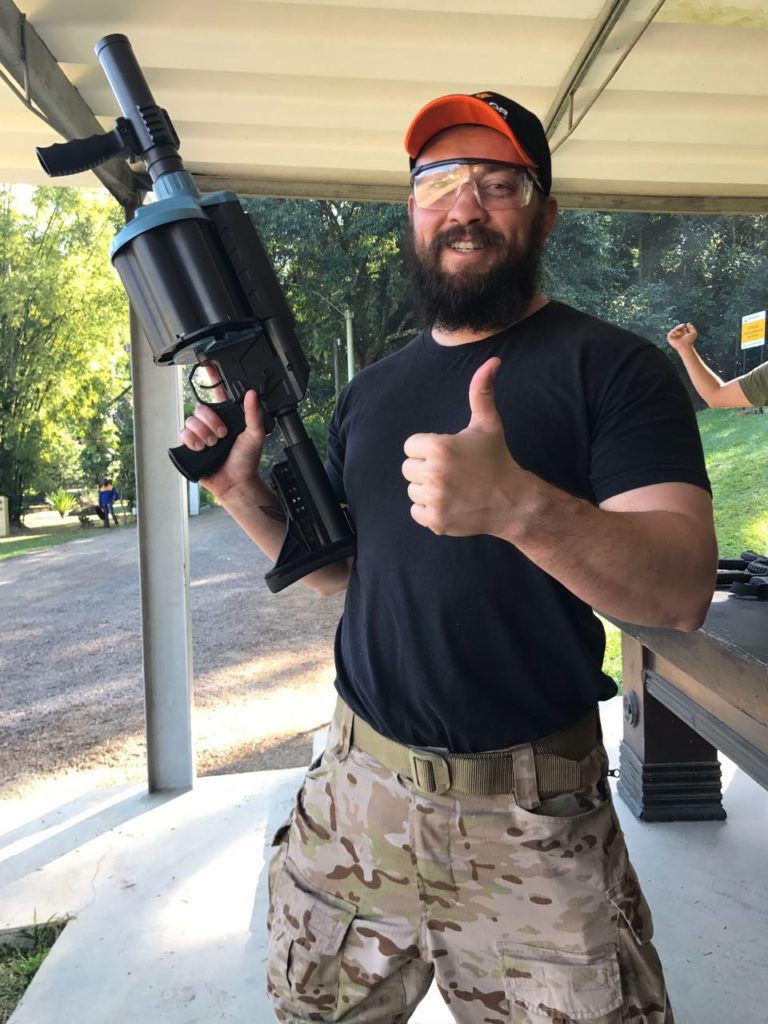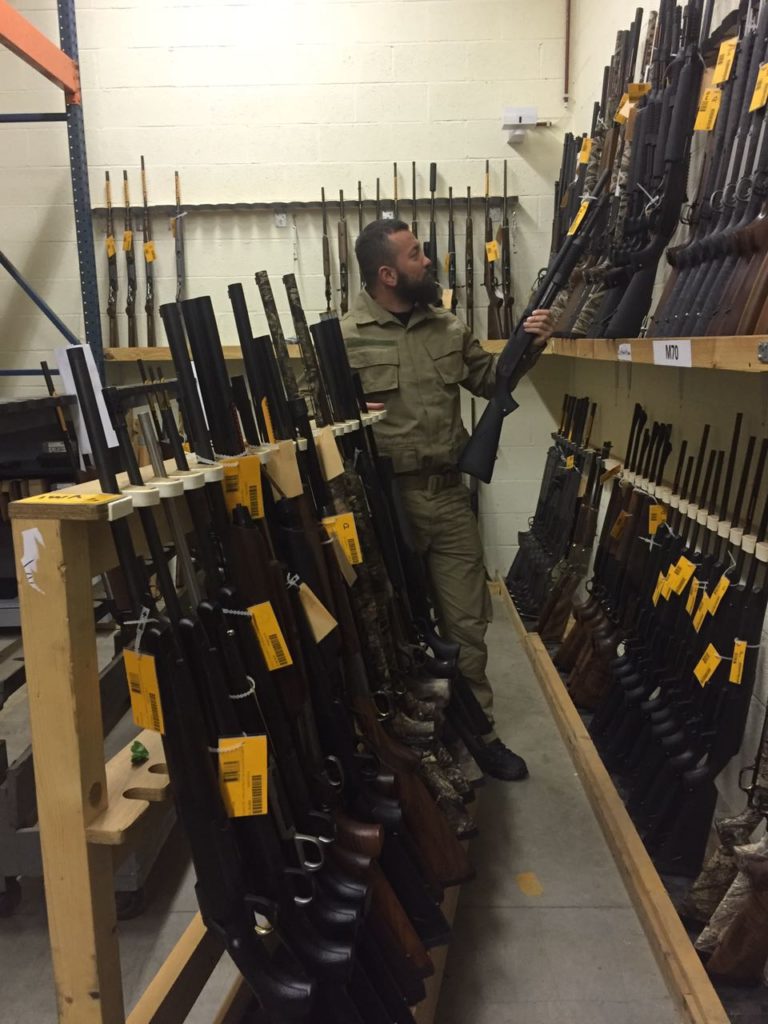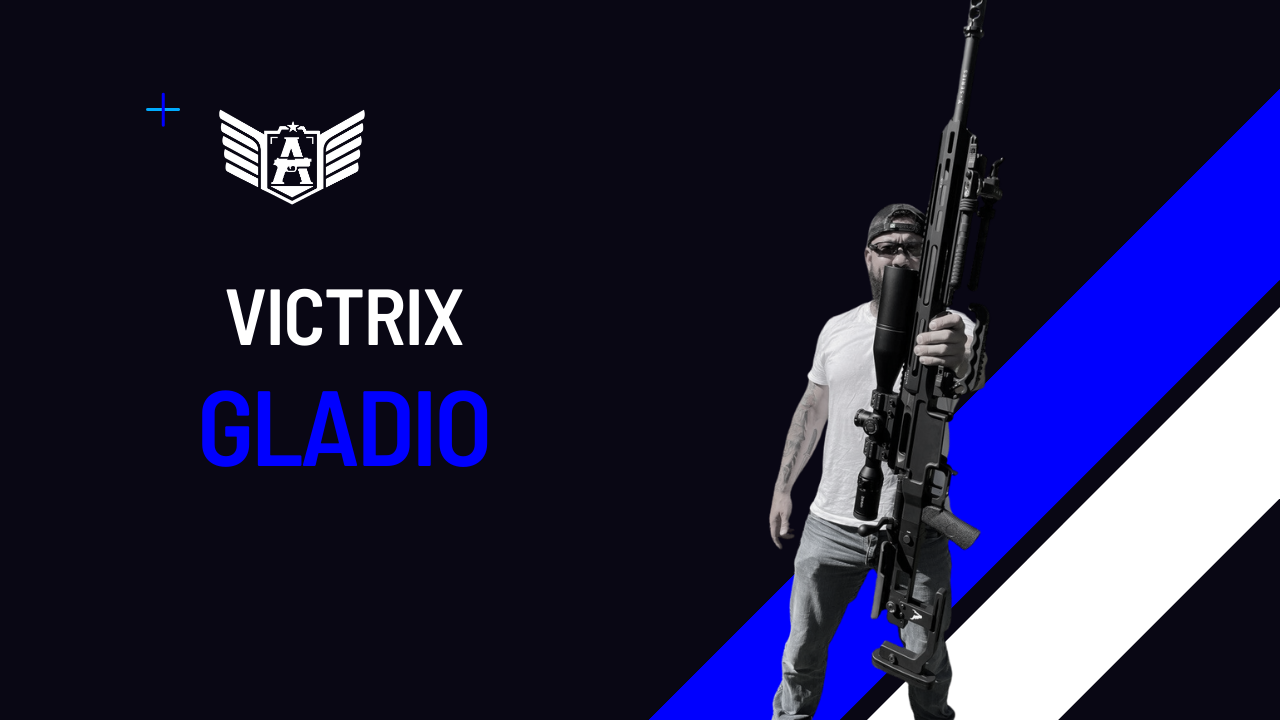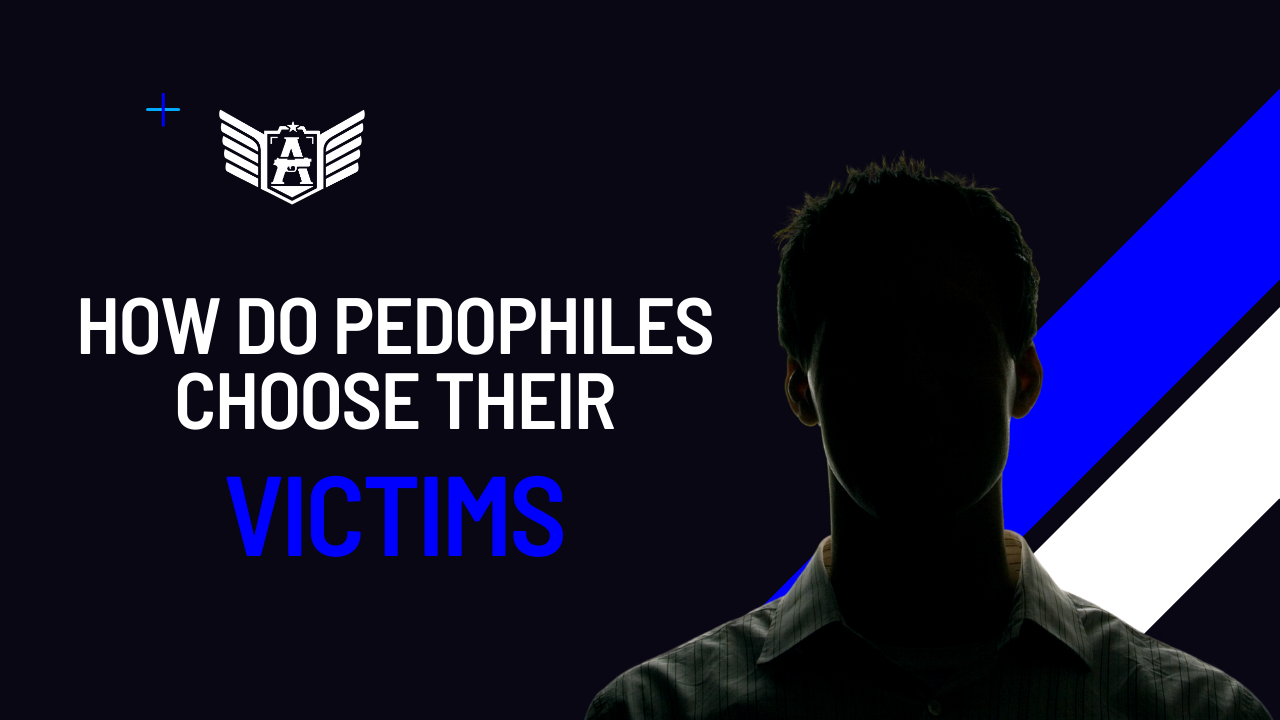One of the most commonly asked questions to instructors, authors, gun store owners, and even some members of the general public who may seem to have a bit of authority on the subject is “Which firearm should I buy?”
If you came to this text looking for a straightforward answer, I’m sorry to disappoint you. Steer clear of anyone who answers this question directly. The choice of a firearm is personal, much like choosing clothes or a vehicle. Don’t worry, though, we will guide you and help you make a rational decision.
Firearms can serve various purposes: sports equipment, part of a lifestyle, entertainment items, collectibles, hunting tools, and more. At ABA Intl., we focus exclusively on firearms for combat, and that’s the concept we will develop in this material.
- Size/Portability

Generally, larger firearms provide some technical advantages, such as stability or reduced recoil. However, none of that matters if, due to size or discomfort, you don’t have the firearm with you when you need it.
77% of violent crimes occur in public places. If you were thinking of buying a firearm to leave in your bedside drawer or in the car, I suggest you reconsider.
The firearm is the tool that gives you an advantage in combat. Be sure to choose a model that is suitable for carrying and concealing in your daily life. Consider your routines and your most frequent clothing choices. Someone who wears heavy clothing may be able to conceal a firearm more easily than someone who wears lighter clothes, for example.
- Caliber
It’s amazing how in 2023, there are still heated discussions about double taps, stopping power, and the importance of having a large caliber.

If you want to defeat an enemy, you need to take into account three factors:
- Shot placement
- Depth of the wound
- Diameter of the wound
Having a .50 BMG with you will be useless if you can’t hit your target, don’t have enough ammunition to sustain the fight, or can’t achieve a good cadence.
From the perspective of terminal ballistics, the most common pistol calibers like 9x19mm, .40 S&W, or .45 ACP do not generate different results on enemies to the point of deciding victory in combat. However, there is a considerable difference in recoil for the shooter or in the capacity/size ratio of the firearm between these calibers.
I’ve had the opportunity to teach Law Enforcement officers who were required to use double-action-only pistols in .40 S&W. The amount of effort required to train those individuals to hit the target and achieve good cadences, especially those who were physically smaller, could have been better utilized in teaching new skills if better firearms were available that required less training time.
- Technologies (Don’t Be a Gun Amish)
This time I’ll be direct: revolvers are cool, fun, and attractive. However, in 2023, they shouldn’t even be considered firearms, in the strictest sense of the word. When we understand, for example, the importance of capacity in an armed confrontation, we can’t insist on old tools that were important in the past but have been technically surpassed for a long time. My apologies to the 1911 lovers, but 7, 8, or 9 rounds are too few, considering the dynamics of modern combat.

One of the first things to customize in a firearm for performance is the trigger. Therefore, take some time to choose a model with a light and modern trigger. In a straightforward manner, disregard DAO, DA, or SA firearms for pistols. Prefer striker-fire pistols.
- Brand
I was raised in Brazil, where successive attempts at dictatorships led to restrictions on firearms. It’s evident that no rational manufacturer would invest in a territory overrun by drug traffickers and all sorts of autocrats. For a long time, we were limited to a few brands, and only the friends of the king (supporters of the corrupt) had access to a slightly wider variety of brands and models.
In countries less fond of dictatorships, however, freedom of access to firearms is the norm, and citizens can choose from various types of manufacturers.
Choosing among manufacturers can be challenging for novices and even for the more experienced. Here are some factors to consider:
4.1. Reliability 4.2. Market tradition 4.3. Price 4.4. Technical assistance 4.5. Availability of spare parts 4.6. Availability of custom parts
- Price
Speaking of price, of course, don’t spend all at once on just one firearm. First, he who has one has none; you’ll need another. Second, firearms don’t work without ammunition. Third, firearms and ammunition won’t be of any use without proper training.
If you can afford to pay more, great. If you need to save, there are good cost-effective options available.
- Monk, and the Rifles and Shotguns?
Young Padawan, rifles and shotguns are fantastic firearms that have, among their advantages, a much steeper learning curve (it’s easier to learn to shoot with them) and, depending on the model, can provide much better ballistics and capacity than pistols.

I believe that everyone should have at least one rifle and one shotgun, in addition to their pistol. However, as we are focused on defense, and we understand that a large portion of your threats will occur outside your home, I like to think it’s worth starting with the firearm you’ll carry and only then moving on to rifles and shotguns.
- Don’t Make It a Big Deal
If you’re just getting into the world of firearms, I need to tell you a secret: don’t worry; this will be just “one more” of the firearms you’ll buy. No one is content with just one.
So, make your purchase, seek good technical training, and make the best use of the product you acquired.




